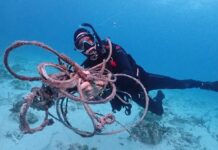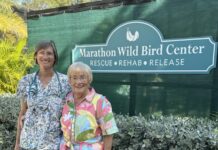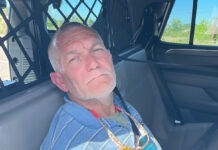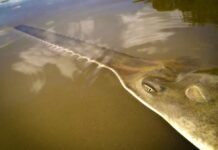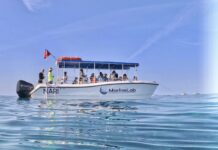
In February, the Florida Keys National Marine Sanctuary and Leave No Trace Center for Outdoor Ethics (LNT) invited local leaders in the recreational/tourism sector together to tackle issues such as marine debris and water quality.
The training was designed to equip those interacting often with the public with tools to help promote the philosophy of “Leave No Trace,” which encourages minimal-impact use of natural resources. By protecting the outdoors through education and outreach and inspiring people to enjoy nature responsibly, LNT hopes to help ecosystems become more resilient while still allowing people to use natural resources.
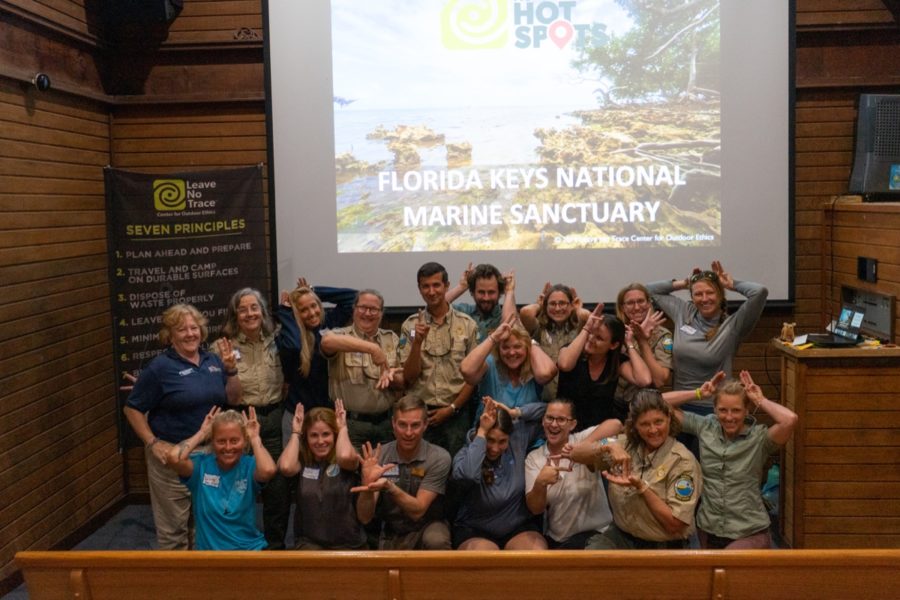
“Did you know that orange peels can take up to two years to break down in nature?” asked LNT Trainer Jessie Johnson. Cigarette butts take one to five years, other than the plastic filter; gum takes five years; and plastic water bottles can take 100 years, she said.
Johnson and her fellow trainer Matt Schneider emphasized that most people aren’t trying to “do bad” when they pollute, but rather that they don’t know the true impact of their actions.
“A lot of things taken on their own don’t seem like that big a deal, like throwing an apple out the window or into the water. We help people think not just of their fairly-innocent thing but also the cumulative impact of millions doing that same fairly-innocent thing,” Schneider said. “Both (environmental) caricatures are a myth – the total polluter and the totally innocent.”
The pair emphasized that “cumulative impact works both ways” and that it’s not all or nothing. If everyone does their own part, a lot can be accomplished. That’s what LNT aims to teach.
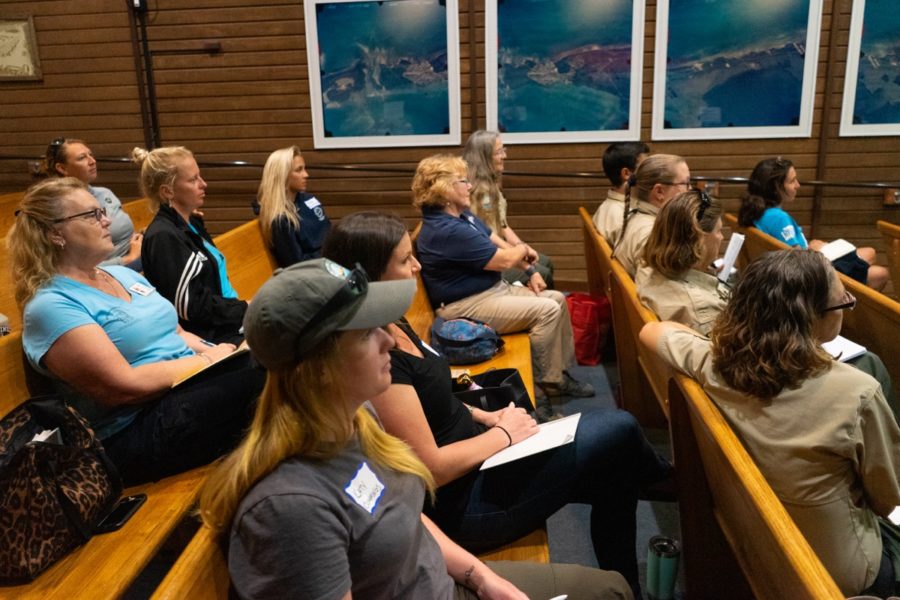
LNT trainers travel the country hosting facilitated workshops, community service projects and outreach focused on ensuring a healthy ecosystem. In the Keys, Johnson and Schneider led workshops in Key Largo, Marathon and Key West. In attendance were dive shops, conservation organizations, coral restoration groups, state parks officers and government agency representatives.
LNT particularly targeted the Keys for training since the Florida Keys National Marine Sanctuary will become the organization’s first offshore Hot Spot. The Hot Spots program identifies areas suffering from the severe impacts of outdoor activities that can thrive again with Leave No Trace solutions.
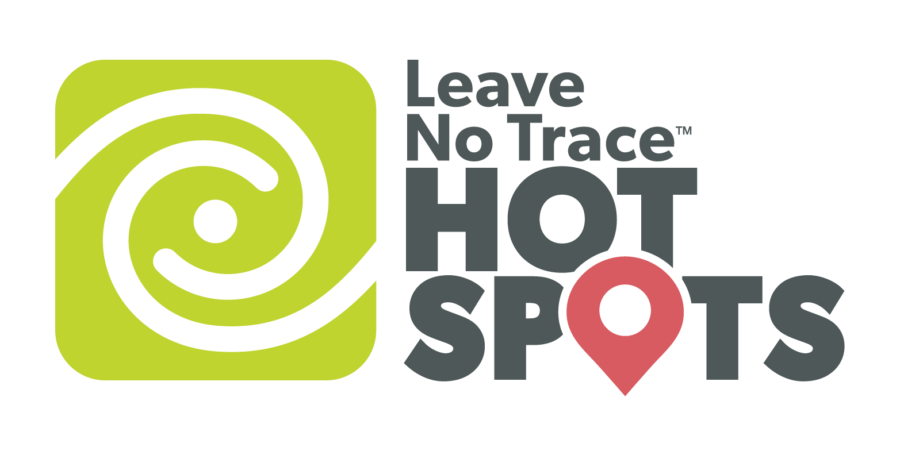
The Seven Basic Principles of Leave No Trace are:
- Plan ahead and prepare.
- Travel and camp on durable surfaces.
- Dispose of waste properly.
- Leave what you find.
- Minimize campfire impacts.
- Respect wildlife
- Be considerate of other visitors.
The Key Largo training was broken down into brainstorming sessions to come up with everything from consequences of interacting with wildlife (“death, if you’re trying to feed a crocodile” said one participant), to motivating reasons to follow LNT principles (“leaving something for the future” was the common answer), to how to prepare beforehand to leave no trace (bring scissors when fishing to cut line).
Schneider said LNT selects its “Hot Spots” based on two main criteria: whether the areas are actively hard hit, through recreational damage with people coming and visiting and usually unintentionally damaging the resource, and whether there’s an existing, robust network of stakeholders and partners already working well to address some of the issues. Hot Spots bring these diverse partners together to focus directly on education and to align their messages to be more effective overall, Schneider said.
“One overarching strategy employed by everyone from tour operators to state tourism folks to the state parks to refuge people to scientists, fishing guides and everyone in-between — if all are delivering the same message to visitors to the Sanctuary, it’s more likely to be heard,” he said.
Visit Lnt.org/getinvolved to learn more or request more training materials.


















